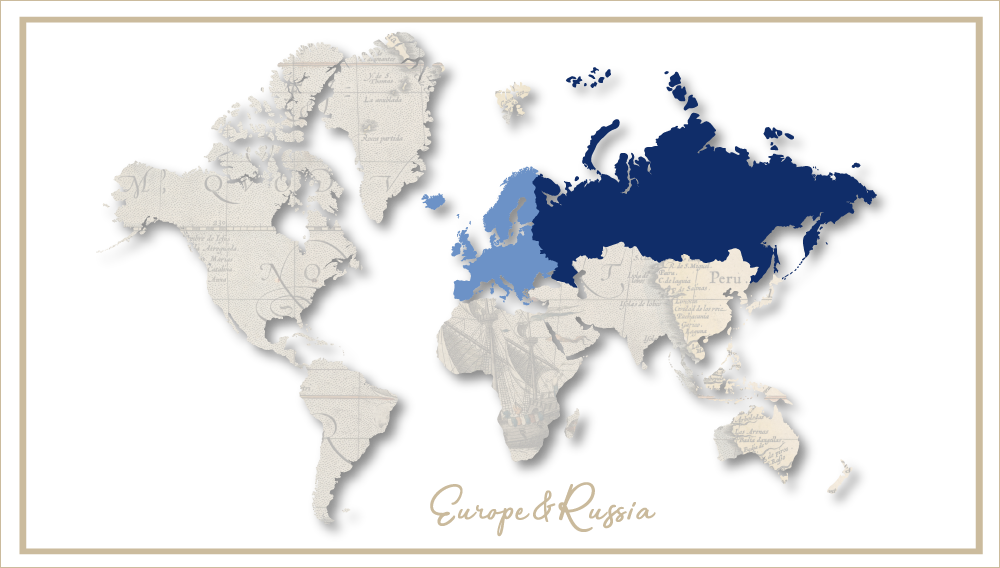New rules for craft brewers going international
Looks like craft brewers are about to set new benchmarks for going international. “Have suitcase, 8,000 followers on Twitter, will travel”, is today’s modus operandi.
The agreement between New Zealand’s Yeastie Boys and the UK’s BrewDog is a case in point.
In the Oooold and Slooooow Days, setting up an export business, let alone contract brewing arrangements, would have taken years, if not decades. That’s how the Heineken model for going international worked.
It followed a three-step model: from direct exports, to licenced production to eventually buying a stake in the brewer that had produced their local volume. This model held true until globalization took over and buying local brewers outright in order to expand a brewer’s world-wide reach became the rule of the day (see the rise of the four big major brewers over the past two decades).
Keen and eager craft brewers don’t want to wait that long. And they have devised ways and means to be much faster on the hoof.
This is how it they do it.
First, you need to have beers that win awards. That way you establish a reputation with craft beer lovers around the world. That may take a few years but once you enjoy social media credibility, as demonstrated by the number of your friends on Facebook and your followers on Twitter, you seem to have no problems entering new markets with great fanfare and with the help of a friendly craft brewer.
In so doing the vanguard among craft brewers has rewritten the rules in the brewing industry. Today is does not matter if a craft brewer does not own any production facilities. In fact, gone are the days when U.S. craft brewer Sam Adams was ridiculed by the industry because its production was contracted out.
As a result, the distinction between “contract brewed” and “brewed on site” is becoming less important ... to all but the ardent purists. These days craft brewers proudly call themselves “gypsie” or “phantom” brewers, if they rely on others to faff around with production issues.
Think of Denmark’s Mikkeller, a microbrewery founded in 2006 in Copenhagen, which does not operate an official brewery and, instead, collaborates with other brewers to produce their recipes or experimental one-off brews. This way they managed to sell about 8,500 hl beer in 2014, it was reported.
“Collaboration” is the operative term among microbrewers. As the global buzz word in the craft brewing industry, it not only overcomes potential competition concerns, it underlines that craft brewers do things differently. Major brewers compete, the little guys collaborate.
What is more, “collaboration brews” between microbrewers have taken the foul whiff of licensed or contract production. Whereas in the past, contract beers were frowned upon by consumers (hence the popularity of genuine imports in the U.S. market) as somewhat inferior, collaboration brews are now hailed as superior and the real thing.
Second, size does not matter for going international. For example, Yeastie Boys, based in Wellington but contract brews at various locations, produces only about 1,000 hl beer a year for a turnover of about NZD 700,000. But even before its recent fundraiser to boost exports, its beers were already enjoyed in the U.S., Asia and parts of Europe.
Perhaps being a microbrewer in the full sense of the word can really help you find craft brewer willing to further your aims elsewhere. This is underscored by the tie-up between Yeastie Boys and BrewDog in the UK.
Third, it’s the brewery’s clout and not a particular brand that will travel. While Dutch brewer Heineken has been pushing its Heineken brand and AB-InBev its Budweiser to consumers around the world, persuading them that these brands are truly aspirational, in the case of Mikkeller, consumers will be happy to lay their hands on any beer that Mikkeller is offering in 40 countries around the world.
Consider this: for brewer Heineken it’s a measure of success that each year its brand’s share of the International Premium Segment has risen. Mikkeller, on the other hand, is praised for the number of beers it has launched in one particular year (124 beers in 2013), although only a handful would have been available per market.
In sum, when going international, craft brewers are not following in the footsteps of the Big Brewers and this is by design. They are gradually finding their own route to market and in the process rewrite the rules book.
Where do they go from there? Well, as they always like to say: The sky’s the limit.


